Vacuuming
Even in ordinary use, carpets receive a lot of abuse – pounding feet, dirt, grit, dust, oily cooking vapors and spills of all descriptions. By frequently vacuuming with a good machine, you can remove and prevent dry soils from building up to an unsightly level.
For carpets with looped textures, vacuum with suction only to avoid damaging the loops. Up to three passes of the machine works well for light soiling, while five to seven are necessary for heavily soiled areas.
To help optimize the aesthetic and performance value of your Karastan, remember these effective vacuuming tips:
- Make sure your vacuum’s belt is in good condition – and that the beater actually rotates when in contact with the carpet.
- Height adjustment is correct when the beater contacts the pile enough to lightly vibrate the carpet several inches away from the machine, but not enough to cause a significant slowing of the motor.
- Never allow the soil bag to become over half full or efficiency will suffer.
- Vacuum across the traffic pattern occasionally, rather than in the traffic direction, to prevent matting.
Cleaning Your Carpet
While vacuuming removes most dry soil, the oily soil of cooking vapors, air pollution and grime tracked in from the street present a decidedly different type of problem. These particles of oily soil deposited on carpet fibers can cause gradual – but significant – dulling of delicate pastel colors. The color isn’t actually lost. It’s hidden under a dirty film.
If this type of soil is allowed to accumulate, it literally glues the pile fiber together, resulting in matting, packing or ridges. Equally worrisome, it begins to attract and hold dry soil. That’s why cleaning is so important when dulling of the fiber is first noticed. If allowed to remain too long, it becomes gummy and difficult to remove.
Methods for Cleaning
Several methods of cleaning produce satisfactory results. But one recommendation is universal: clean your carpet before it becomes too unsightly. The cleaning chore will be easier and a lot more successful. As a handy reference, we’ve detailed several acceptable cleaning methods here for sustaining the beauty and life of your carpet. Each, however, has limitations, which should be considered.
Dry Powder
Absorbent particles are worked into the pile with a machine and removed by vacuum. This method uses no water; little skill is required; and the carpet is ready for use immediately. Some have noted difficulty removing all cleaning residue from deep pile. It’s also not that effective for heavily soiled or matted areas. This is a professional or do-it-yourself method.
Dry Foam and Absorbent Pad
Fluffy detergent foam is worked into pile by a variety of machines. Once dry, the residue is vacuumed out. This method uses little water, dries fast and cleans the surface well; however, over brushing can damage some carpets.
Steam Cleaning (Hot Water Extraction)
Extraction of the cleaning solution and soil leaves little residue and no pile damage, although caution is required to prevent over wetting. Avoid using too much detergent. Follow up with plain water. Recommended for all carpet types, this method is most effective when performed by a professional using an external hot water extraction unit.
Carpet grooming should be incorporated with all professional cleanings. A professional pile lifter vacuum may be effective in restoring matted or ridged carpeting.
Caution: The rotary brush wet shampoo method is not recommended for residential carpet as damage may result. Moreover, some do-it-yourself products in aerosol cans may cause rapid re-soiling due to excessive residues. Test on a scrap first. If the dried product feels sticky, don’t use it. And avoid all cleaning agents containing an optical brightener (fluorescence) such as those found in many laundry detergents and some carpet cleaning systems.
Cleaning Guide
Stain Removal
No carpet is stain proof. However many are treated to be stain resistant, which gives you time to act. Remember, with spot and stain removal, speed is of essence. Immediately after a stain or spill occurs, solids should be scooped up and liquids blotted as quickly as possible. Absorb as much liquid as possible with a paper towel, etc., replacing as they become saturated. Never use a scrubbing motion. Blot instead to prevent the carpet surface from fuzzing.
Stain Treatment
For effective spot cleaning, you’ll need the following items. The item numbers are keyed to the stain – and all should be used in the recommended sequence. Some stains may require professional cleaning, depending on the age of the stain.
- Cold Water
- Detergent Solution. Mix one teaspoon of clear dishwashing liquid with a cup of warm (not hot) water.
- Ammonia Solution. Mix one tablespoon of clear household ammonia (3% solution) with 1/2 cup of water.
- Solvent. A dry cleaning solvent (available at grocery, drug and hardware stores).
- Important Note: Dry cleaning solvent should never be used on polyester. Clean polyester with a solution of 1 cup cold water and 1 tsp. colorless dishwashing liquid or use an all-purpose household spray cleaner or laundry pre-spray (like 409 or Shout.)
- Ice. Chill with ice cubes in a plastic bag. Shatter residue, pick or scrape off and vacuum.
- Vinegar Solution. Mix 1/3 cup of white vinegar with 2/3 cup of water.
- Warm Water (not hot)
- Clear nail polish remover (preferably acetone)
- Alcohol or Methylated Spirits Mineral Turpentine
- Rust Remover
Absorbent Powder (e.g., salt, talc or proprietary absorbent powders)
Absorbent Cleaners (e.g., Host)
(Refer to chart below)
|
Step 1 |
Step 2 |
Step 3 |
|
|
Alcoholic Beverages |
1 |
2 |
|
|
Bleach |
1 |
3 |
|
|
Blood |
1 |
2 |
|
|
Butter |
4 |
2 |
|
|
Candle Wax |
5 |
4 |
|
|
Chewing Gum |
5 |
4 |
|
|
Chocolate |
2 |
3 |
6 |
|
Coffee |
1 |
2 |
4 |
|
Colas and Soft Drinks |
7 |
2 |
|
|
Cooking Oils |
4 |
2 |
|
|
Cream |
2 |
4 |
|
|
Egg |
2 |
||
|
Felt Tip Pen |
7 |
2 |
8 |
|
Floor Wax |
4 |
||
|
Fruit Juice |
1 |
2 |
|
|
Furniture Polish |
4 |
2 |
3 |
|
Gravy and Sauces |
7 |
2 |
|
|
Ink (Fountain Pen) |
1 |
2 |
|
|
Ink (Ball Point) |
4 |
9 |
2 |
|
Ketchup |
7 |
2 |
|
|
Lipstick |
4 |
2 |
|
|
Mercurochrome |
2 |
3 |
6 |
|
Milk |
7 |
4 |
2 |
|
Mustard |
2 |
||
|
Nail Polish |
8 |
4 |
|
|
Oil and Grease |
4 |
2 |
|
|
Paint (Latex) |
2 |
3 |
4 |
|
Paint (Oil) |
9 |
4 |
2 |
|
Rust |
4 |
2 |
10 |
|
Salad Dressing |
2 |
4 |
|
|
Shoe Polish |
4 |
2 |
|
|
Soot |
4 |
2 |
3 |
|
Tar |
4 |
||
|
Tea |
1 |
2 |
4 |
|
Urine (Fresh) |
1 |
2 |
|
|
Urine (Old) |
2 |
3 |
6 |
|
Vomit |
2 |
||
|
Wine |
11 |
2 |
1 |
|
Unknown Material |
4 |
12 |
2 |
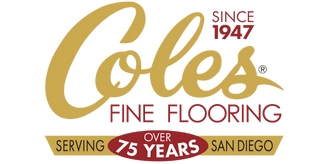



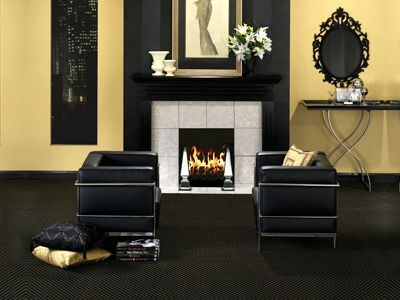
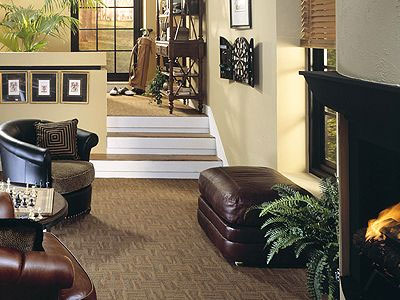
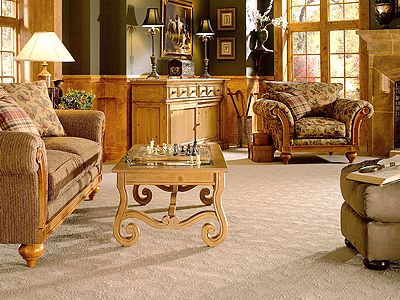
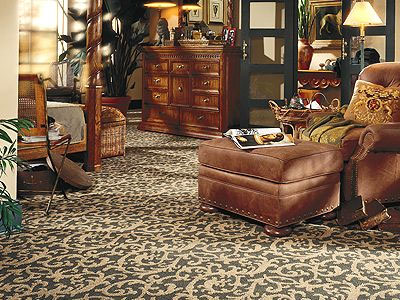
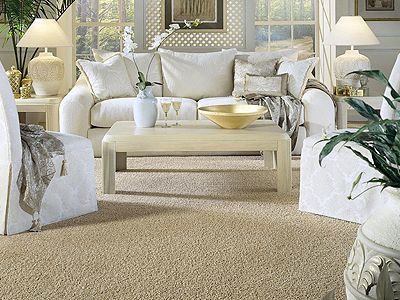
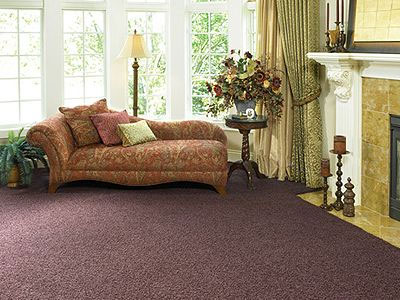

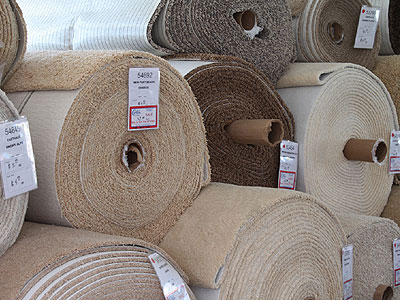

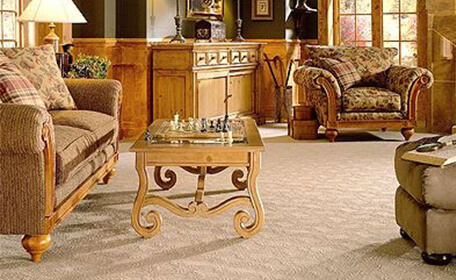
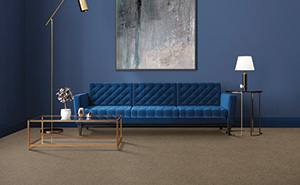

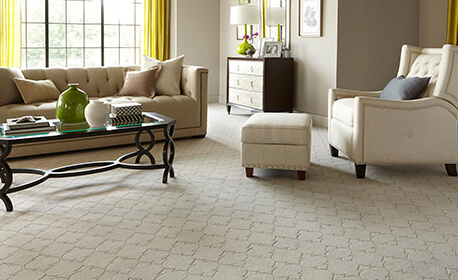




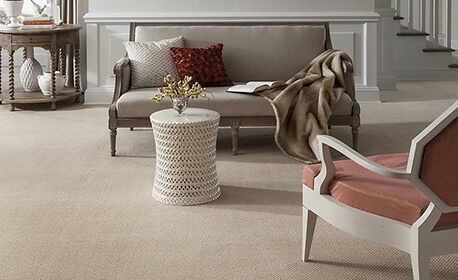
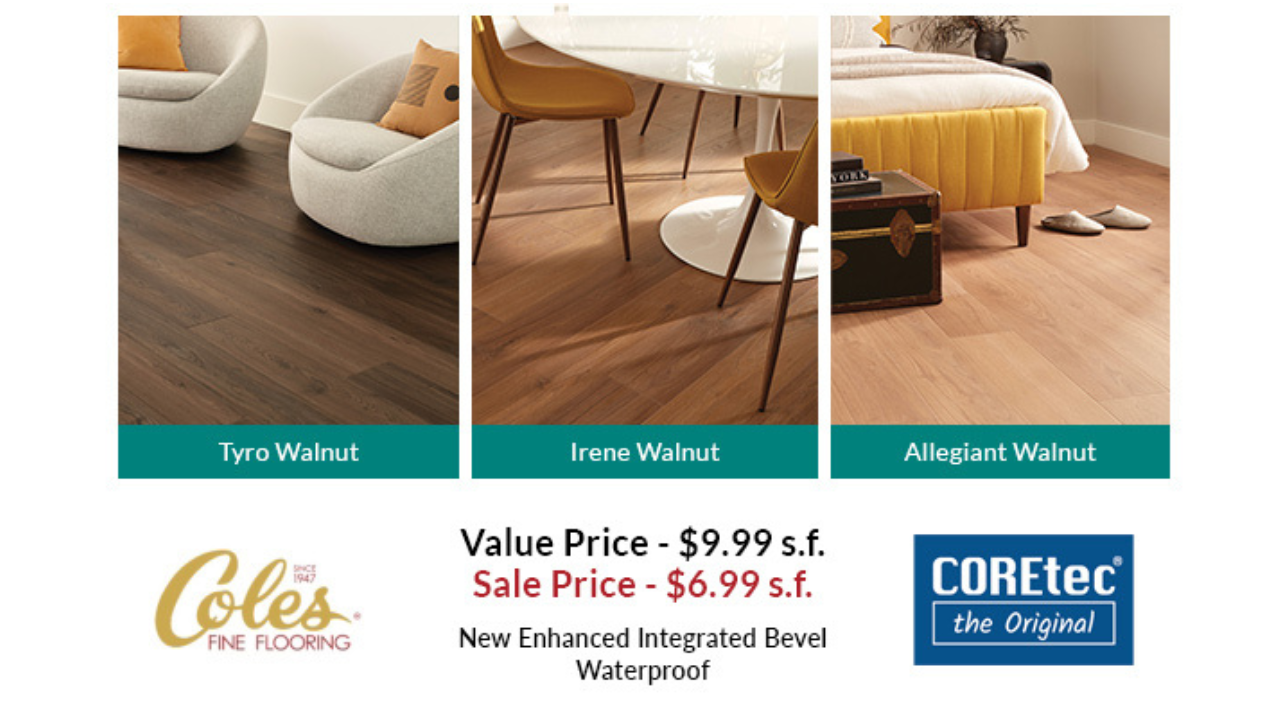

 Prelude Version 2.1
Prelude Version 2.1